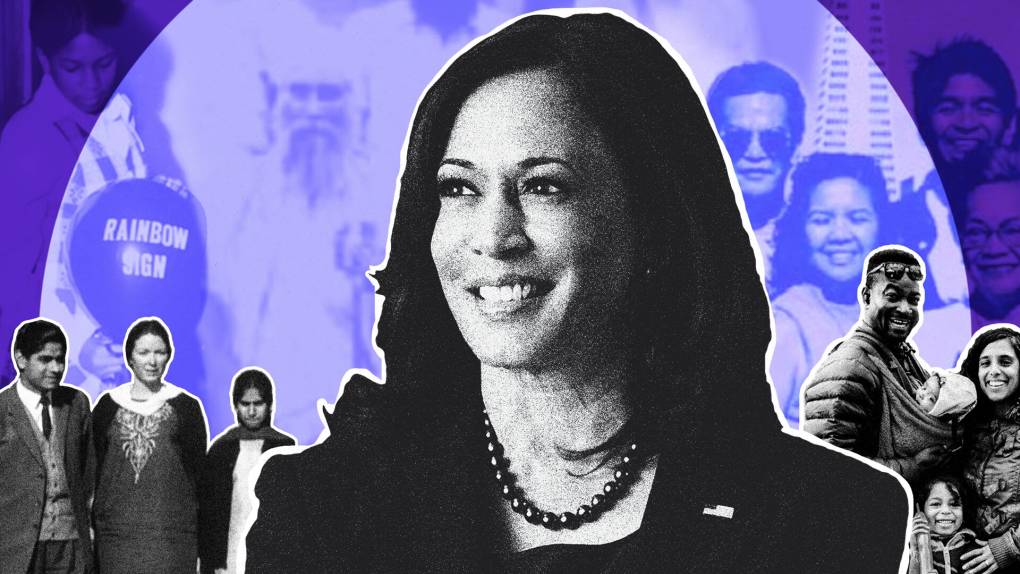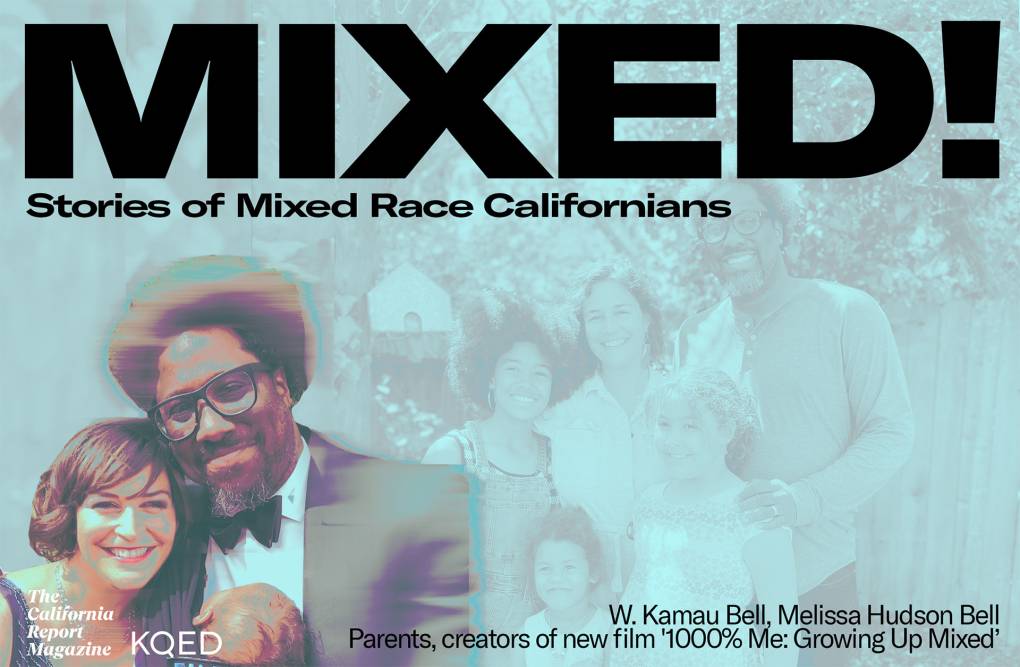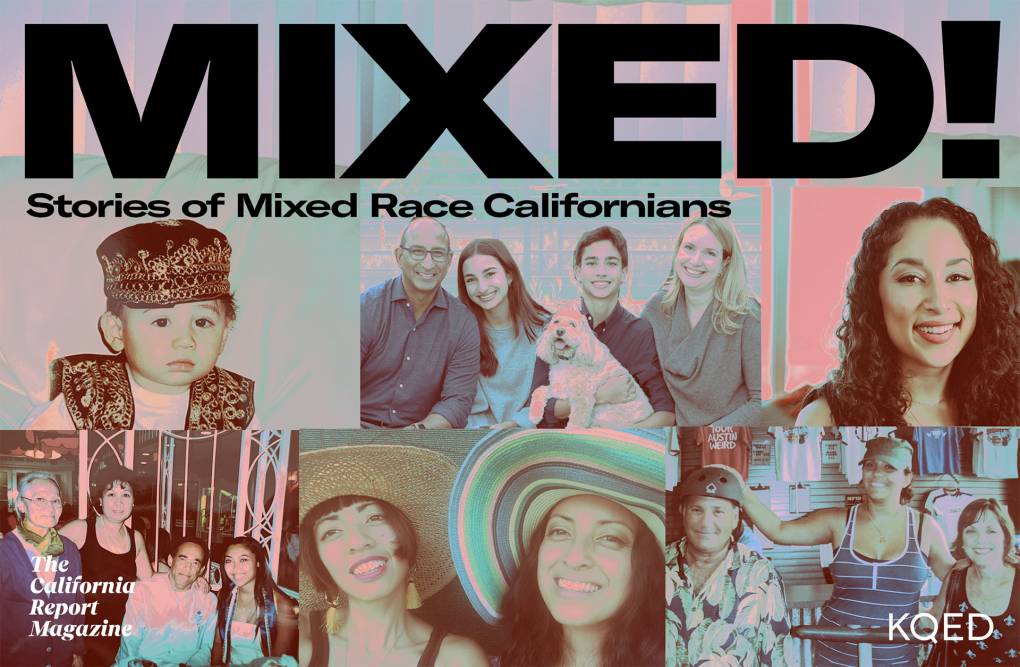Brentwood School senior Rahul Yates recently attended a national conference for student leaders focused on diversity at their schools. One exercise involved dividing the students into groups based on race or ethnic identity. Yates was assigned to the white group despite the fact that he identifies as multiracial. People often think he’s Latino, or white, or Middle Eastern, based on what he calls his “racially ambiguous” presentation. He comes up against assumptions about his race all too often, and he doesn’t like it.
'I Can Be 100% of Both': A Mixed-Race Teen's Advice on Navigating Multiracial Identity
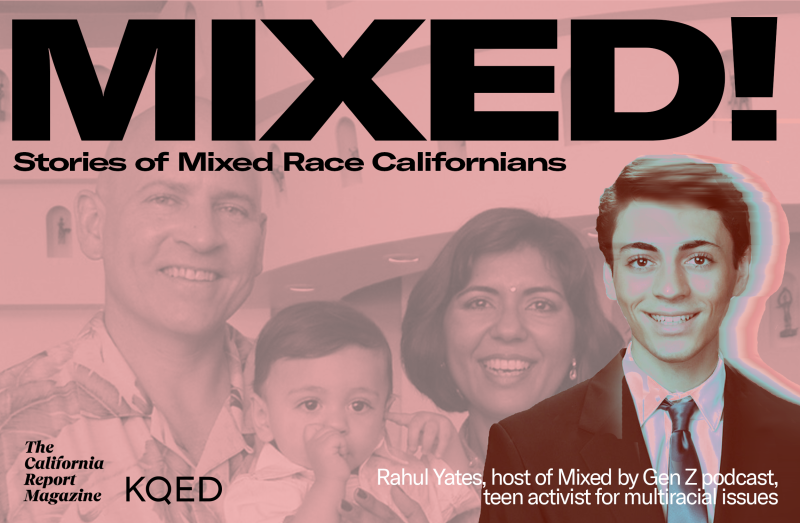
Yates grew up in Los Angeles with a South Asian mom and a white dad. He loves the vibrancy and excitement of his Indian heritage and gravitated toward activities like traditional Indian dance to better connect with that side of his identity. But when he was younger, he often felt like he didn’t have the same right to belong in those spaces as monoracial Indian people. He also never felt totally comfortable in majority-white spaces.
It took him many years to understand the power that comes with being mixed race and now he’s trying to open up conversation with his peers. He started HumSub Global Teen to build community and offer resources to multiracial teens. He’s also host of the podcast Mixed by Gen Z.

As part of the California Report Magazine series Mixed: Stories of Mixed-Race Californians, Yates shares some suggestions for parents raising mixed-race kids and advice for other young people.
1. Talk about race at home
It’s beneficial for kids to hear about how their parents think about and navigate their own racial identities, Yates said. Not only do such conversations give teens a chance to reflect on parallel experiences but they also normalize the experience of talking about race, which is still an uncomfortable topic for a lot of families.
2. Build community
“A big part of the mixed experience is feeling like you’re alone in it,” Yates said. “Your parents can’t necessarily support you in the right way. A lot of it is really just walking this kind of awkward middle ground yourself.”
It can really help to connect with other young people who have similar experiences, who know what it means to stand on that “awkward middle ground,” he said. That’s why Yates started HumSub Global Teen and the podcast — he sees these as ways to build community even if there aren’t a lot of other mixed-race kids at school or in a particular neighborhood.
“I hope to make it a little bit easier,” he said. “Whatever I say can resonate with somebody else, and then they can then feel like, ‘OK, I should share my voice.’”
3. Reframe your thinking
For a long time, Yates felt like his mixed-race identity meant that he wasn’t “enough” of either parts of his heritage. Thinking that way always made him feel left out, like he wasn’t “as Indian” as some of his cousins, but also that he didn’t quite fit in with his white family either. But over time, what felt like a deficit has shifted in his mind to become a strength.
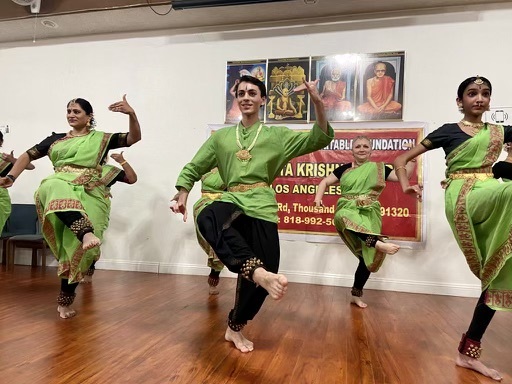
“I can relate to [multiple groups] and that’s actually something really special that so few people can do,” Yates said. “I should feel lucky, honored [to] be a part of many groups.”
When he thinks about his identity this way, Yates said being mixed feels like a superpower. He can understand the perspectives of multiple groups of people, fit in with them and build bridges across communities.
4. Define yourself before others define you
Like it or not, people are often trying to figure out other people’s racial identities, Yates said. He’s found that coming up with a clear statement for himself about who he is allows him to retain the power of definition, which is his right.
“[If you] are fairly racially ambiguous like me, there always will be an explanatory element to your experience,” Yates said. “Figuring out at least a very basic, concise way of representing yourself, and a brief explanation, can then lead to further discussion.”
Figuring out that brief explanation can be tricky, so Yates recommends starting the conversation with parents, trusted friends and others who identify as mixed. Those conversations can build up confidence until being mixed race is a point of pride.
“There [are] so many ways in which other people are trying to tell us how to identify,” said Yates. “And so just reclaiming that and being like, ‘Well, this is how I’m going to identify.’ If you set a firm answer down, then other people will back off and you can really own that.”
If you’re raising a mixed-race child, you may also like to check out these tips from Jenn Noble, a clinical psychologist, professor and teen/parent coach.
